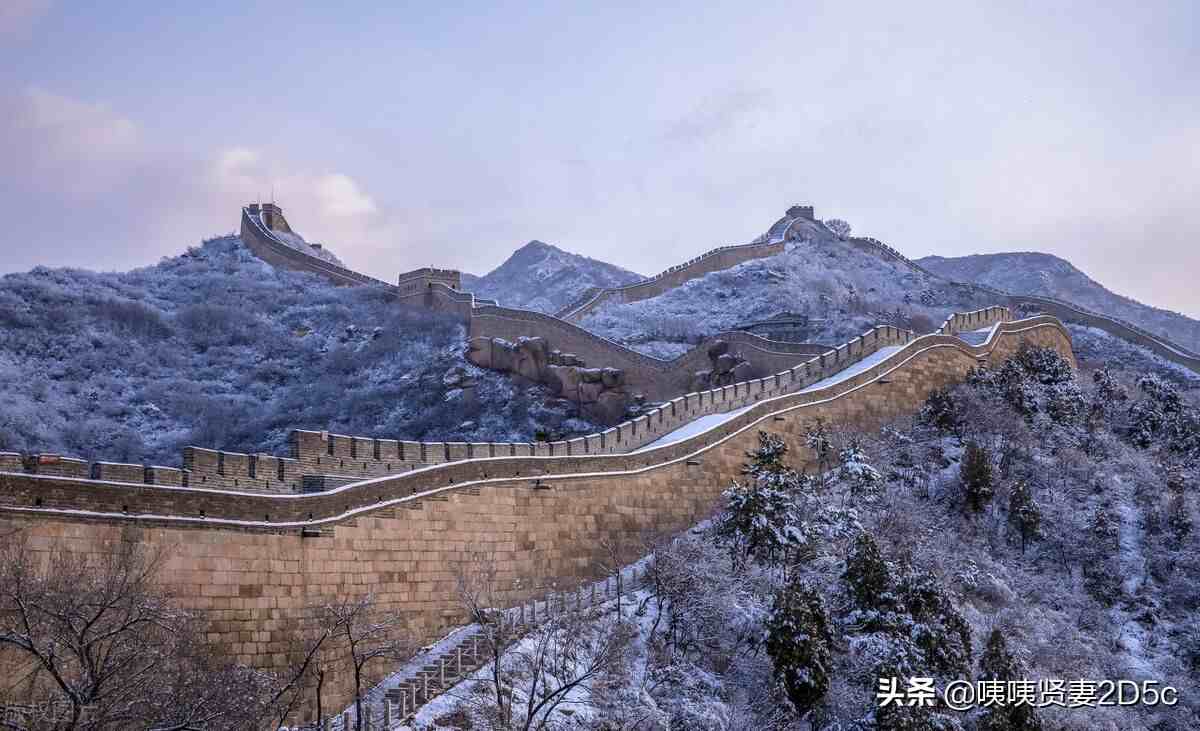长城英文导游词(长城中英文对照导游词)
“公元前220年,一统天下的秦始皇将修建于早些时候的一些断续的防御工事连接成一个完整的防御系统,用以抵抗来自北方的侵略。在明代(1368-1644),统治者又继续加以修筑,使长城成为世界上最长的军事设施。同时,长城在文化艺术上的价值,足以与其在历史和战略上的重要性相媲美。”这是1987年联合国教科文组织将沈阳故宫列入世界文化遗产时对其作出的评价。

长城是以土、石、砖等材料建成,但它不仅仅是一道城墙,它是由雄关、隘口、城墙、敌台、关城、墩堡、营城、卫所、城池、烽火台等诸多防御工事所组成的一个完整的防御体系,成为中国古代建筑史上的奇观。

长城蜿蜒万里,自西向东,横亘中国,如一条气势磅礴的巨龙。秦长城是在春秋战国诸侯国修建的边墙的建筑之上连接修改而成,用以防范北方的匈奴,西起临洮、东至辽东,绵延万里,史称“万里长城”;汉长城将秦长城的西侧边缘大规模向西继续延伸,直抵大宛贰师城(今吉尔吉斯坦西南部奥什市),东至黑龙江北岸,全长近1万公里,成为历史上最长的长城;今天的的长城基本为明长城,是当时为了防御蒙古人与女真人再次加筑而成,东起辽宁鸭绿江畔,西至甘肃嘉峪关,全长7000多公里,经过辽宁、河北、北京、天津、山西、内蒙古、陕西、宁夏、甘肃共9个省、市、自治区。其中东边的河北的山海关被认为是长城东部起点的第一座关隘,被誉为天下第一关;甘肃的嘉峪关是明代长城的西端起点,自古就是河西第一隘口,是丝绸之路的交通要冲;而位于北京的居庸关八达岭长城则是明长城中保存最完整、建筑最雄伟的一段。

长城是我国首批入选世界遗产的景观,亦于2007年入选为世界新七大奇迹之一。以长城为背景的历史故事与神话传说不胜枚举,如昭君出塞、苏武牧羊、孟姜女哭长城,而历代因吟咏长城而形成的边塞诗词,如“劝君更进一杯酒,西出阳关无故人”、“秦时明月汉时关,万里长片人未还”等名句,更是中国古典文学中的一个重要流派。新中国的国歌中则有“用我们的血肉筑成我们新的长城”,以长城来喻民族精神与力量。

在历史长河中,长城成为了整个中华民族的象征。
【全文翻译】

“In 220 B.C., under Qin Shi Huang, sections of earlier fortifications were joined together to form a united defense system against invasions from the north. Construction continued up to the Ming dynasty (1368-1644), when the Great Wall became the world’s largest military structure. Its historic and strategic importance is matched only by its architectural significance.” This is the description made by UNESCO when the Great Wall was inscribed on the World Cultural Heritage List in 1987.

Built with materials such as earth, stone and bricks, the Great Wall is more than just a wall, but a comprehensive defensive system comprised of fortresses, passes, walls, watchtowers, pass cities, camp forts, garrisons, city wall and moat, and beacon towers. It is thus considered a wonder in the history of Chinese architecture.

The Great Wall wanders eastwards for thousands of miles across the territory of China like a massive dragon. In the Qin dynasty (221-206 B.C.), sections of earlier fortifications constructed by vassal states during the Spring and Autumn Period (770-476 B.C.) and the Warring States Period (475-221 B.C.) were connected together to defend invasions of the Huns in the north, forming the Great Wall that extended from Lintao in the west to Liaodong in the east. The Han dynasty (202 B.C.-A.D.220) further expanded the west end of the Great Wall to the Ershi City (today’s Osh City in southwestern Kyrgyzstan) of the Dawan Kingdom, while its east end was extended to the north bank of the Heilongjiang River. At that time, the Great Wall extended nearly 10,000 kilometers, the longest in its history. The existing Great Wall was mainly reconstructed in the Ming dynasty (1368-1644) to resist the Mongols and Jurchen. With a total length of more than 7,000 kilometers, it runs from the Yalu River of Liaoning Province in the east to the Jiayu Pass of Gansu Province in the west, crossing nine provinces, municipalities and autonomous regions such as Liaoning, Hebei, B百思特网eijing, Tianjin, Shanxi, Inner Mongolia, Shaanxi, Ningxia, and Gansu. As the first pass at the east end of the Great Wall, the Shanhai Pass is dubbed the First Pass under Heaven. The west starting point of the Great Wall, the Jiayu Pass has been known as the First Pass of Hexi and served as an important traffic hub along the Silk Road since ancient times. The Badaling section of the Juyong Pass Great Wall in Beijing is considered the best-preserved and most magnificent part of the Great Wall of the Ming dynasty.

As one of the earliest group of Chinese landscapes listed as World Heritage Site, the Great Wall was included into the new Seven Wonders of the World in 2007. There are numerous historical stories, myths and百思特网 legends set in the Great Wall, such as “Zhaojun Going Beyond the Great Wall as a Bride”, “Su Wu Herding Sheep” and “Meng Jiangnv’s Bitter Weeping Over the Great Wall”. In addition, those poems and verses chanting the Great Wall, such as “Please drink one more glass of wine since there will be no old friends after you go westwards out of the Yangguan Pass” and “The moon and the Great Wall haven’t changed since the Qin and Han dynasties, but nobody has returned from the crusade,” formed an important genre in Chinese classical literature called frontier fortress poem. A line of the lyric of China’s national anthem reads: “With our flesh and blood, let’s build our new Great Wall,” which uses百思特网 the Great Wall as a symbol of national spirit and strength.

Throughout the river of history, the Great Wall has become a symbol of the Chinese nation.
